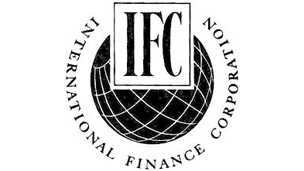The International Finance Corporation (IFC), the World Bank’s investment arm, plans to raise $1 billion by selling rupee-linked bonds to help finance private sector investments in India and strengthen capital markets.
The International Finance Corporation (IFC), the World Bank’s investment arm, plans to raise $1 billion by selling rupee-linked bonds to help finance private sector investments in India and strengthen capital markets.
The programme, the largest in the offshore rupee market, was launched here on Wednesday.
Chief executive officer of IFC Jin-Yong Cai said the bond programme will help bring depth and diversity to the offshore rupee market and pave the way for an alternative source of funding for Indian companies.
India accounted for $4.5 billion of IFC’s committed investment portfolio as of June 30, 2013, more than any other country.
In the financial year ended March 2013, IFC invested $1.38 billion in India to achieve several strategic priorities such as promoting inclusive growth in country’s low-income states, addressing climate change, and supporting global economic integration.
Reacting on the bond programme India’s Economic Affairs Secretary Arvind Mayaram said it would help attract greater foreign investments and strengthen the country’s capital markets.
“This programme will help in strengthening of India’s capital markets and to attract greater foreign investment in a time of renewed economic uncertainty across the world,” Mayaram was quoted in a statement released by India’s finance ministry.
Mayaram and several other senior officials are accompanying Finance Minister P Chidambaram on a week-long visit to the US.
Often, IFC is the first international or corporate issuer of local-currency bonds in a market. When issuing local-currency bonds, IFC works closely with regulators and market participants to refine the regulatory framework, encouraging greater participation in the local markets and providing a model for other international issuers.
IFC has provided over $10 billion in local-currency financing across 58 currencies using a variety of financing tools – more than any other international finance institution.
-IANS





